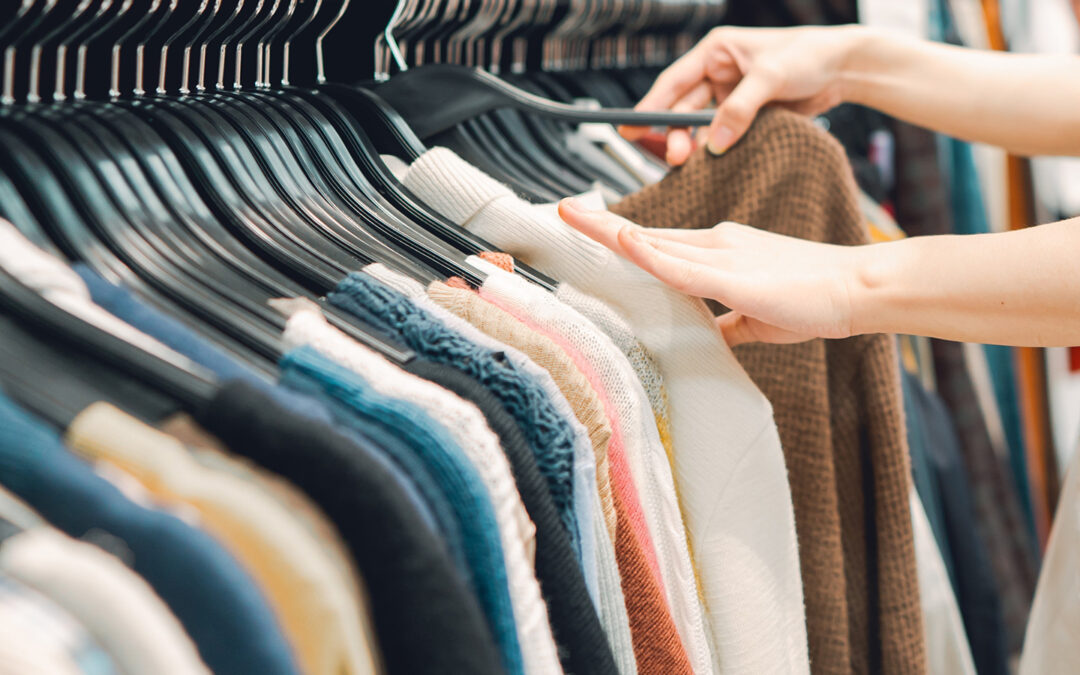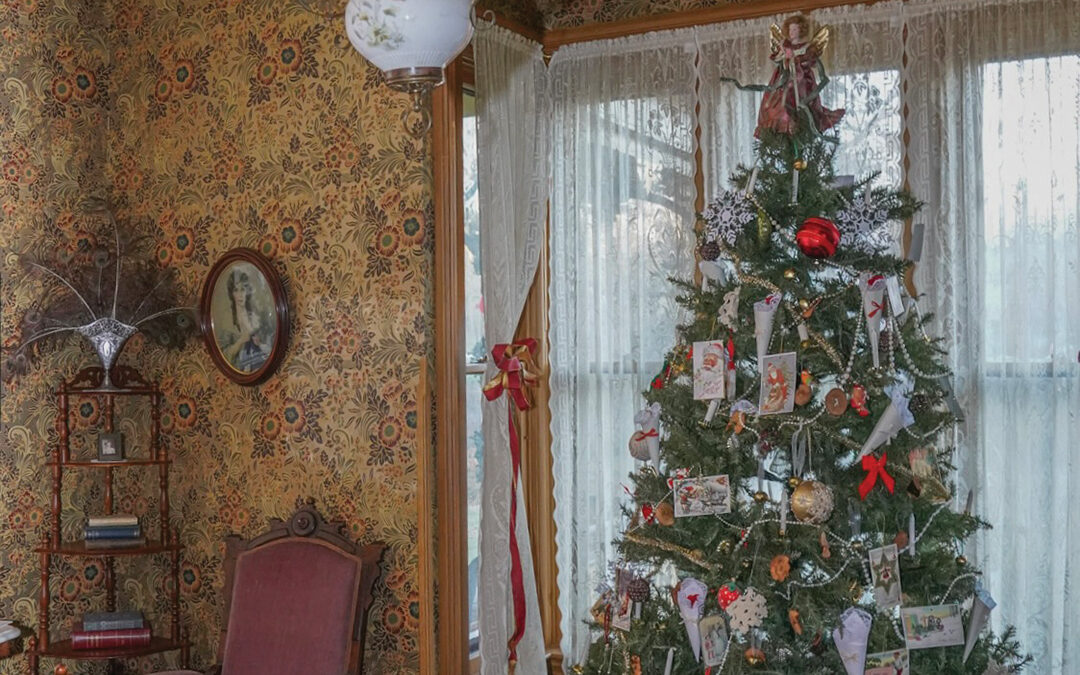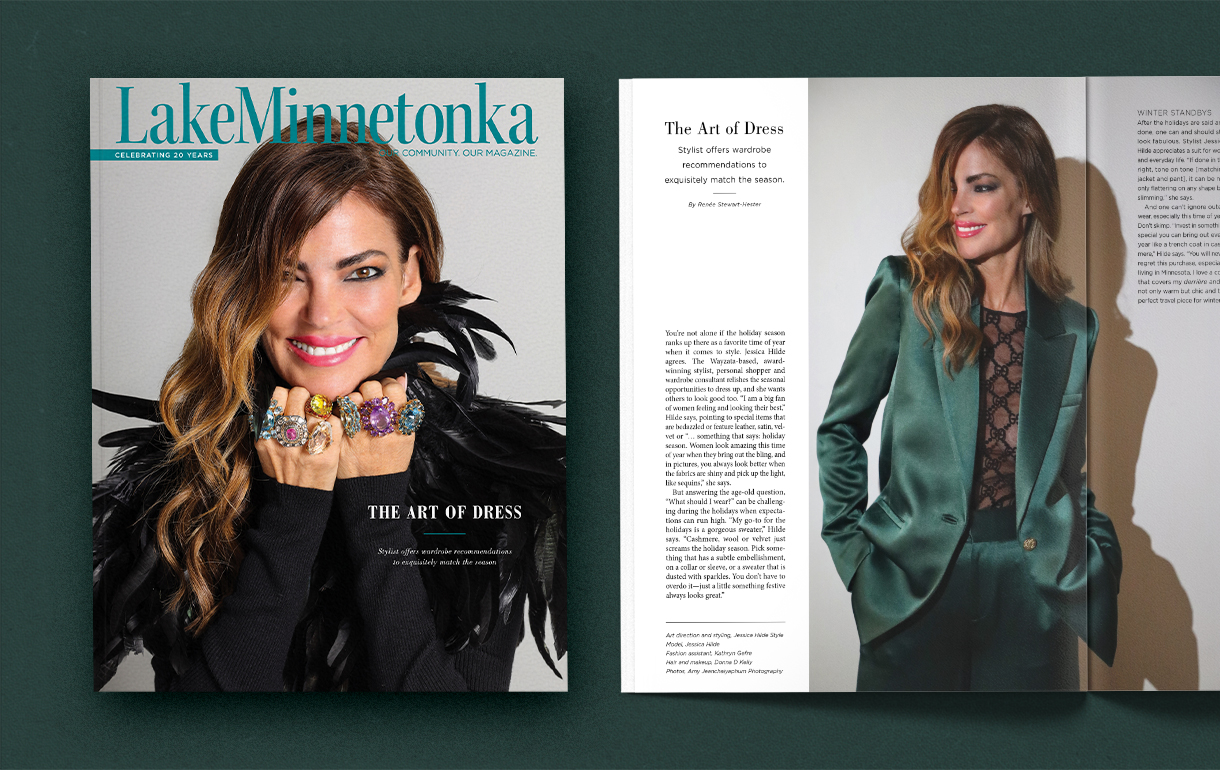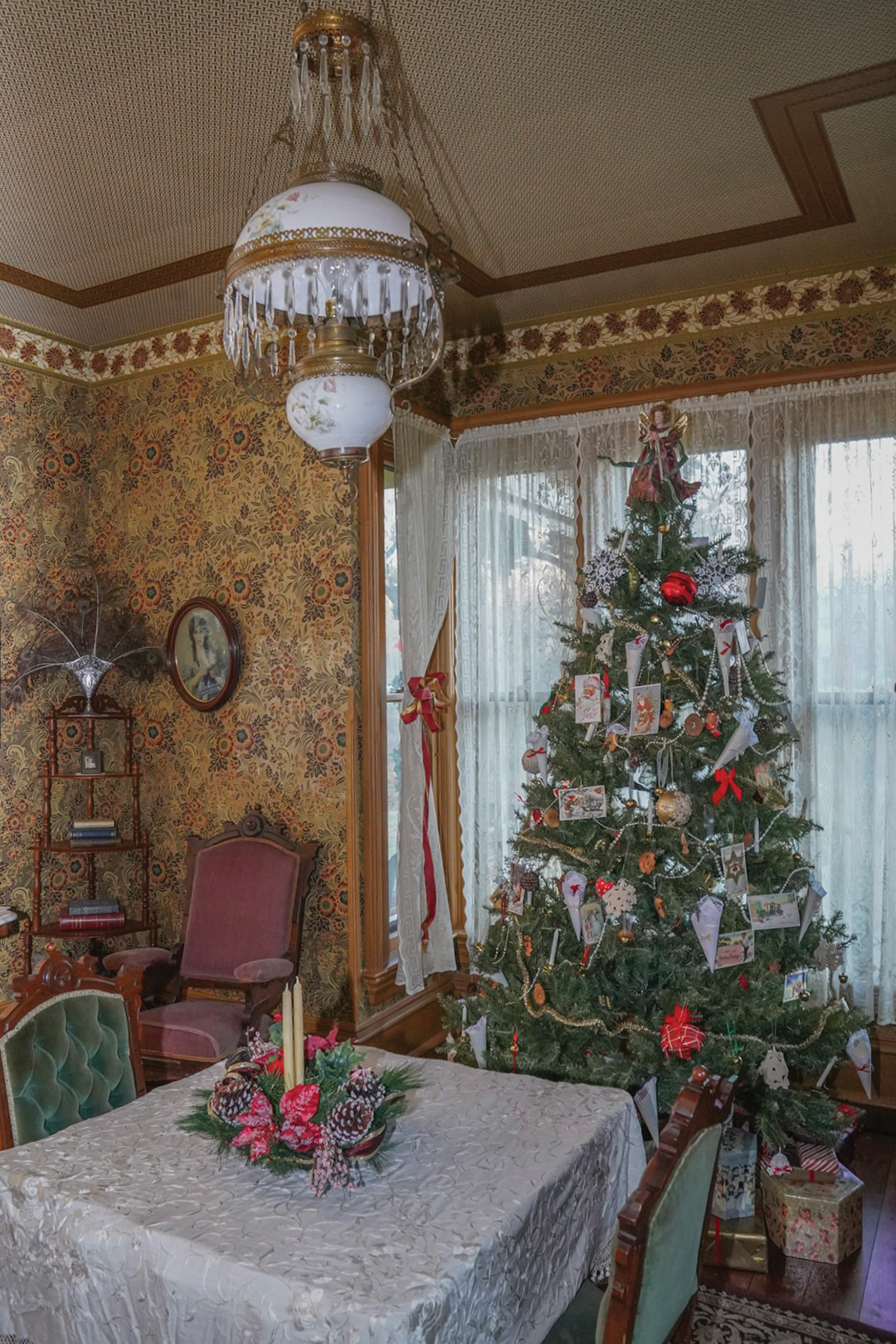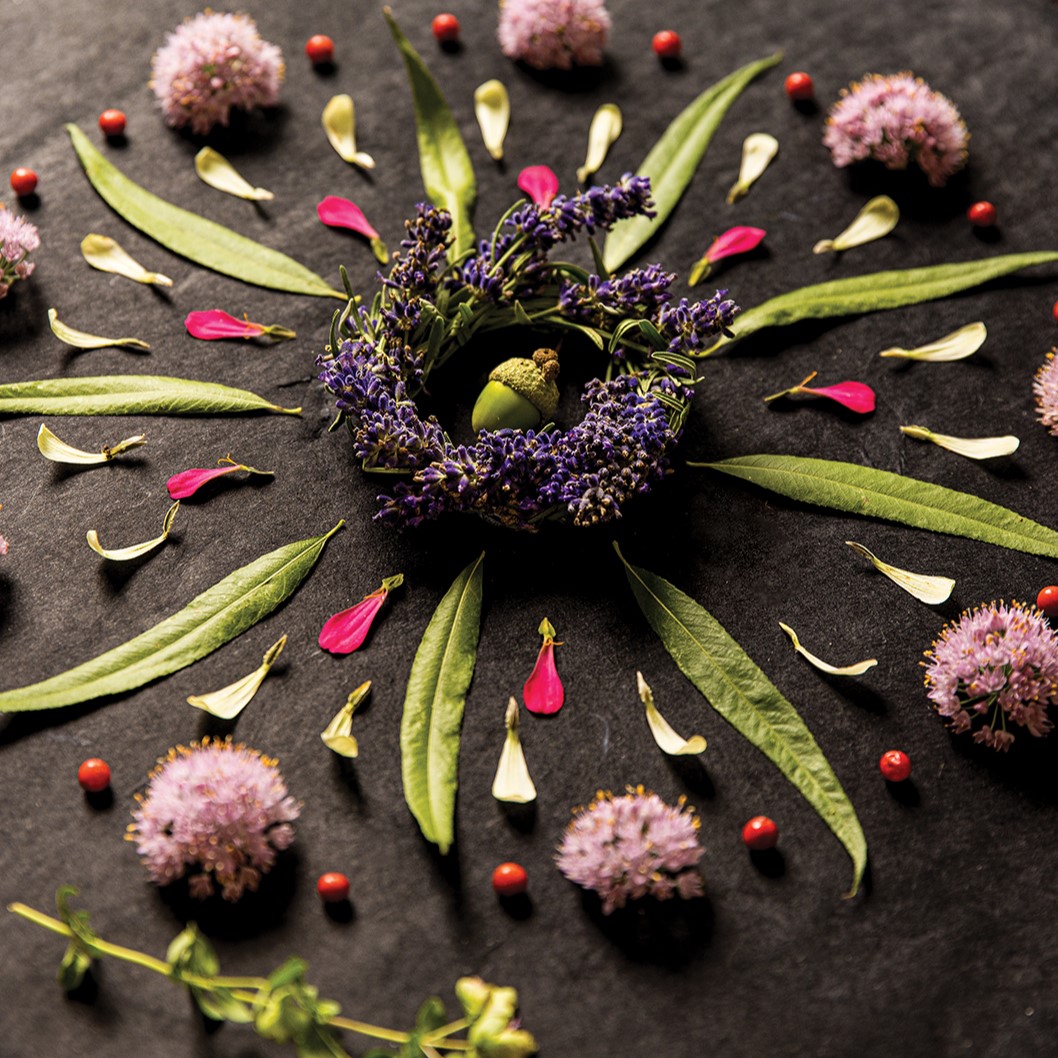
Bonnie Bohn Hector (at right) starts with a plan, but her ideas often morph into different creative outcomes. The use of color, size and texture comes into play. Elements can take up to two hours to assemble. Photos: Chris Emeott
While much of the world was becoming physically and emotionally stagnant during the early days of COVID-19, her creativity was flowing. Then and now—long runs take the former marathoner around Lake Minnetonka and along the Dakota Rail Trail, where she finds her running rhythm among the natural treasures she collects in the wildness of the rail corridor. The outcome: beauty transformed into mandalas.
“I was looking for something uplifting to do,” says Orono’s Bonnie Bohn Hector. Inspired by a blogger, who used floral and other natural elements to create designs, Bohn Hector gave it a try by placing petals, seeds, twigs and the like on pieces of fabric. The first attempt turned out well enough that she decided to commit to making one a week. “It felt like therapy to me. It was helpful,” she says.
Bohn Hector photographs the mandalas, giving the prints to family and friends—gratis—so they can enjoy the designs in their states of full color and texture before time recaptures hues and moisture as its own. “The material I use is a snapshot of a particular day,” she says.
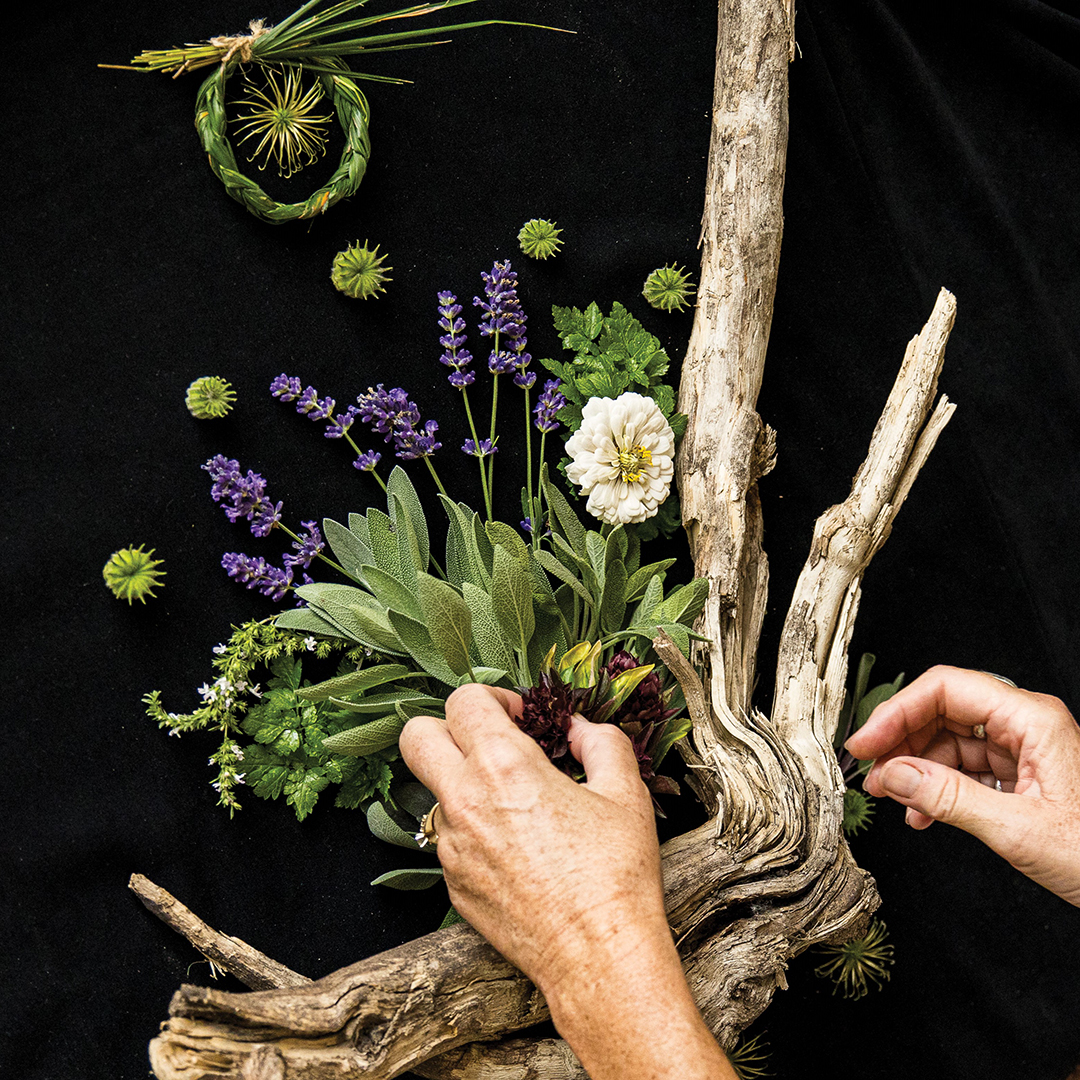
Once the mandalas are photographed, they are disassembled. How does Bonnie Bohn Hector feel about that part of the process? “I don’t feel anything bad about that. I have these photos, and that is captured forever,” she says.
As a member of the Minnesota Herb Society, Bohn Hector has plenty of elements to choose from right at home. “I don’t buy anything for my designs,” she says. “I just use what I have in my gardens or things I can forage [from public spaces]. Once in a blue moon, I’ll ask my neighbors if I can use something from their garden [or] yard, but that rarely happens.”
Bohn Hector has foraged bark, branches, crabapple berries and blossoms, Kentucky coffee bean pods, feathers, maple tree blossoms, mulberries, seed varieties, Siberian squill, sumac, wild grapes, wild thistle and even more. “I think most of all, I look for unusual things to incorporate in the designs,” she says. “For example, my brother has some apple trees on a piece of land he has. The trees have been untended for a number of years. I was back in the grove and found a weathered, craggy piece of apple wood, so I took that for a design. [And] rhubarb seed head, interesting bark, etc., are all things that are of particular interest to me. The craggier it looks, the better.”
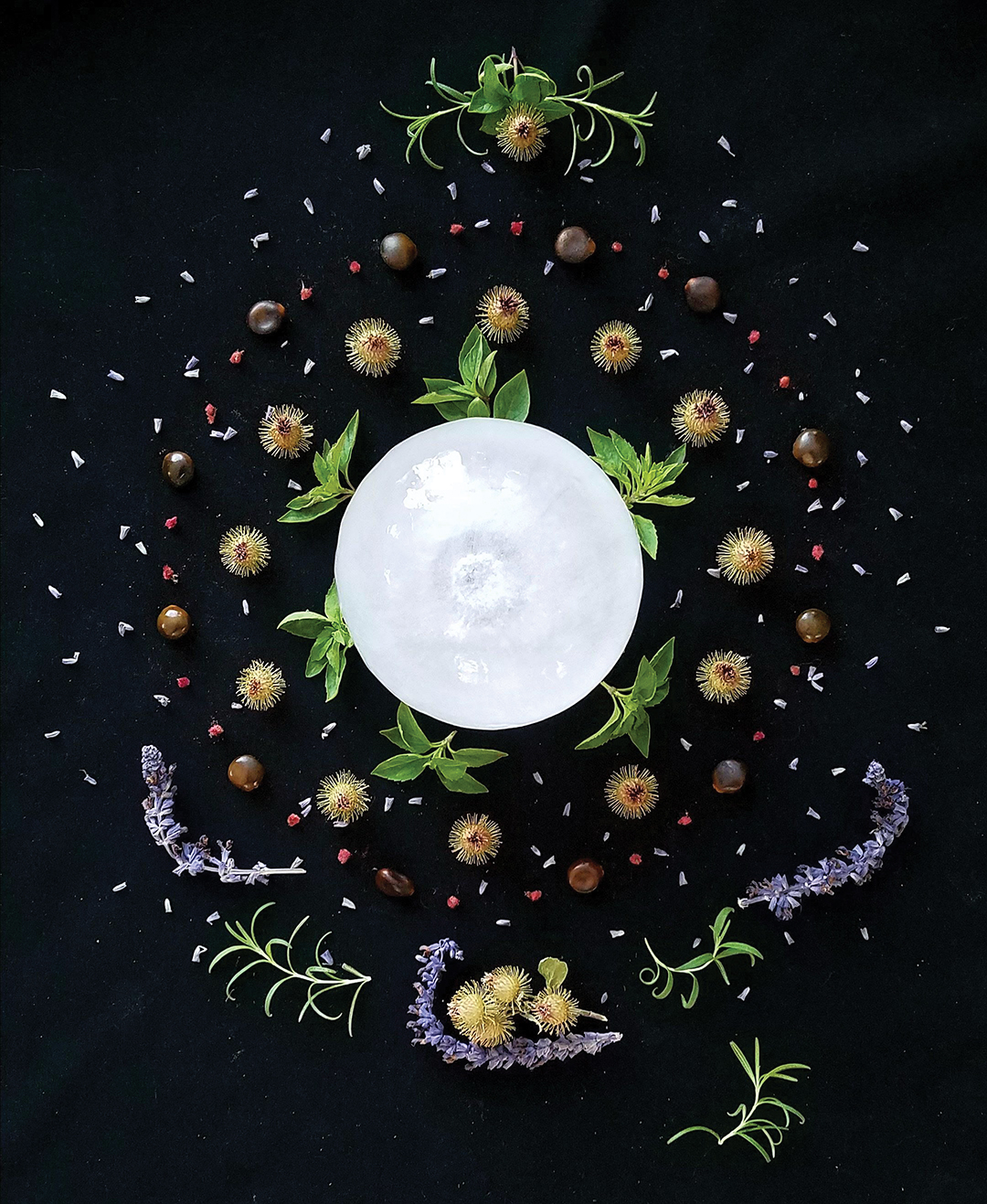
Bonnie Bohn Hector’s 88-year-old mother had beautiful flower gardens. “I feel that I gathered a strong appreciation for the beauty of flowers and plants from her gardens,” Bohn Hector says. “Between her love of flowers and my dad’s knowledge of the natural world, well, I think that’s what my pieces are all about—a combination of both.”
For Bohn Hector, foraging for mandala elements can also include taking her 94-year-old father on car rides in southern Wisconsin. He grew up on a farm and was a gardener. He knows—exactly—what to look for, including the nuts and bark from hickory trees.
While much of nature is resting, Bohn Hector finds beauty in winter’s frozen offerings. “I’ve made several ice balls for the center of designs … [and] I saw the berries on a tree that were frosted over,” she says. “I didn’t have a bag with me and knew that if I held them, the frost would melt, so I drove back later in the day, placed the frosted berries in a bag and hung them out my car window to drive home, so they’d remain cold and frosted.”
As warmer days invite us to venture out to local trails, one might see Bohn Hector gathering treasures. “A lot of people recognize me from the Dakota [Rail] Trail, as I’ve been running it for about 11 to 12 years,” she says. “When I pick up stuff on the trail, I have to run back to our house with it, and people sometimes ask what I’m doing, I like to tell them that I run with the goodness of nature in my hand.”
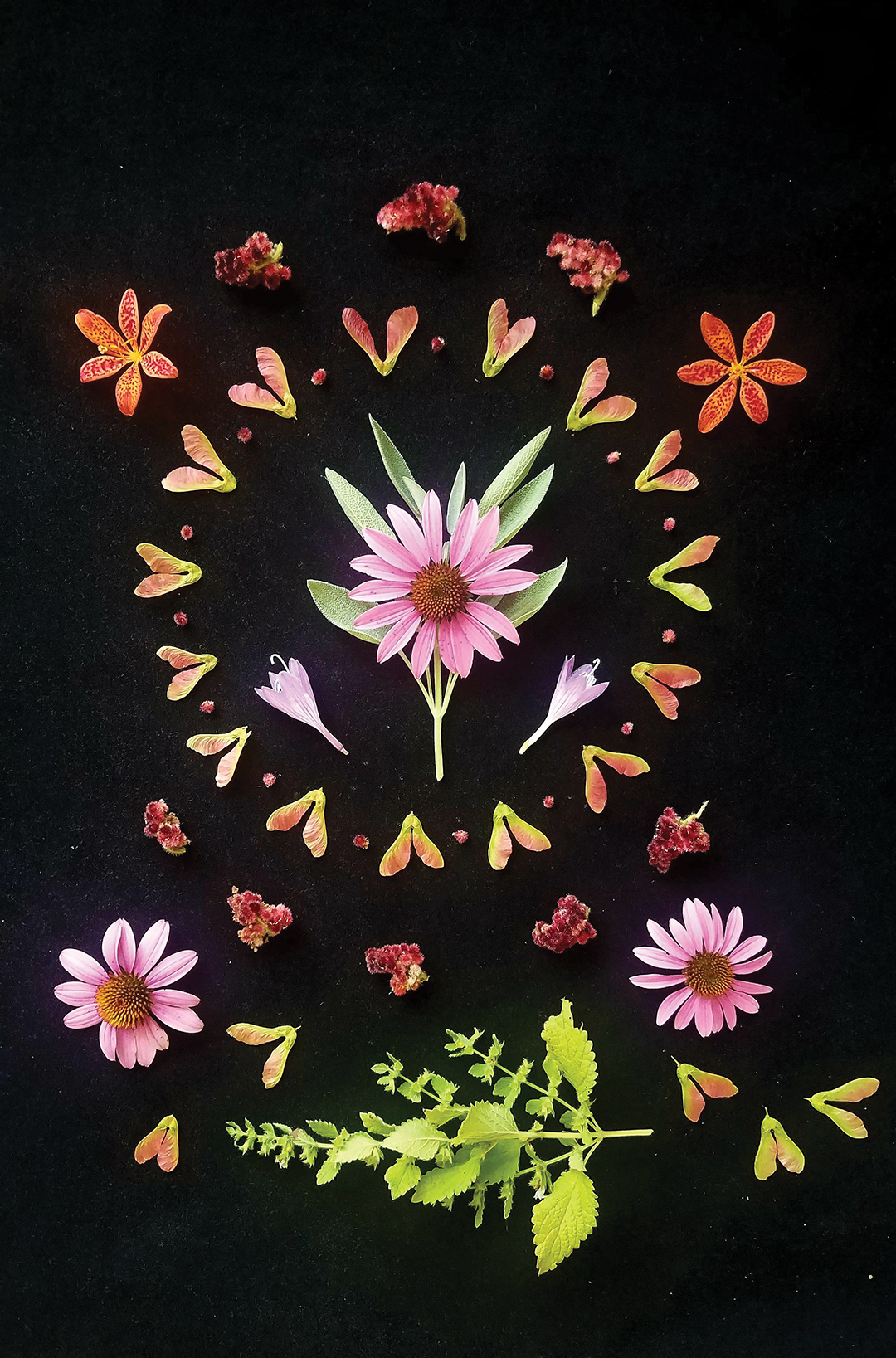
Homegrown Picks
Bonnie Bohn Hector boasts an extensive bounty of herbs in her garden.
Sources for her art include, artemesia, baptisia, basil, bee balm, borage, calendula, cayenne pepper, chives, echinacea, dill, ginger, lavender, lemon balm, lemon verbena, lovage, marjoram, mint, oregano, parsley, rosemary, sage, scented geraniums, sweet Cecily, sweetgrass, sweet woodruff, turmeric, thyme, winter savory and yarrow.
Did you know? Coreopsis, lilacs, peonies and viola are all herbs.

